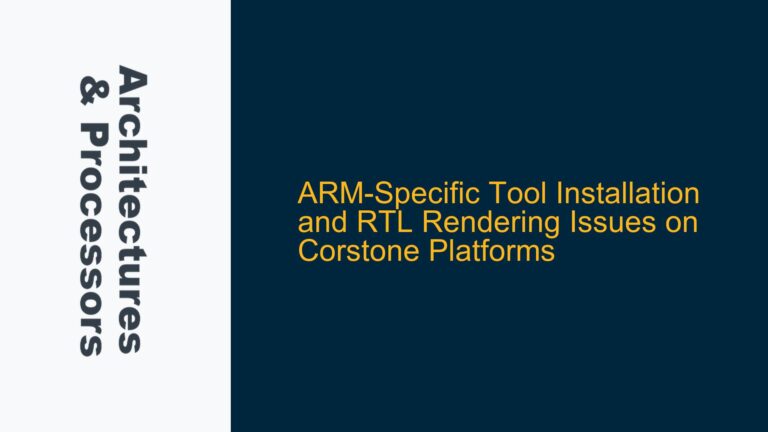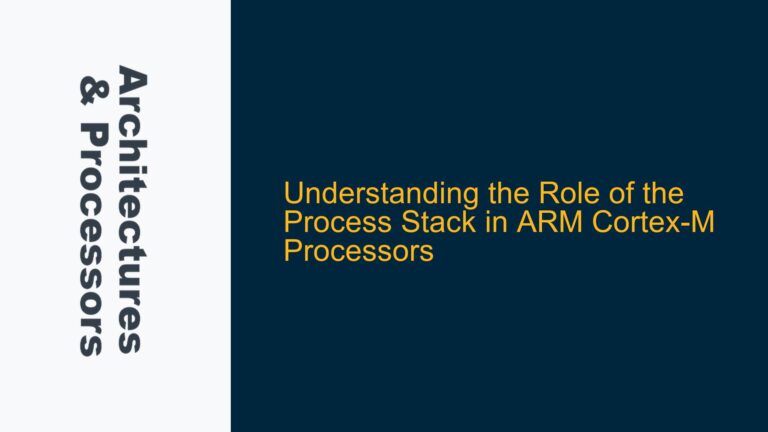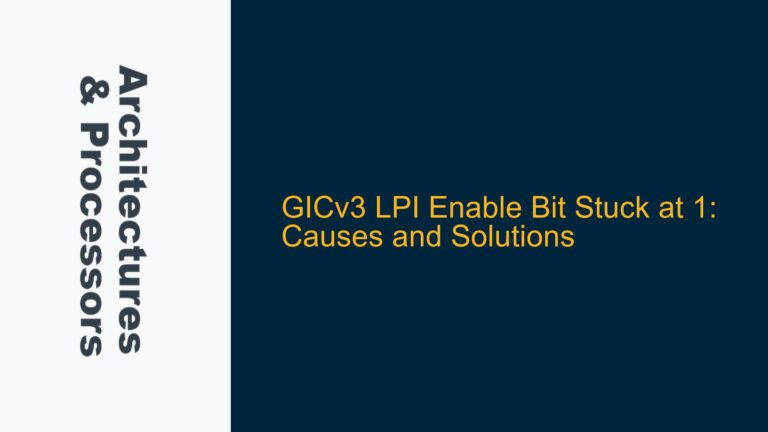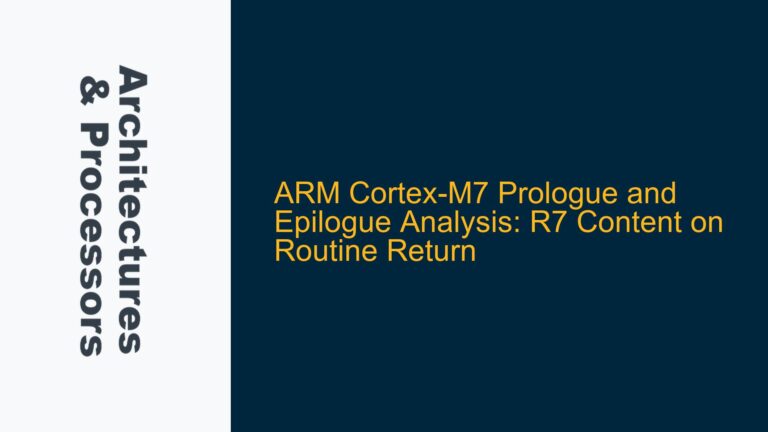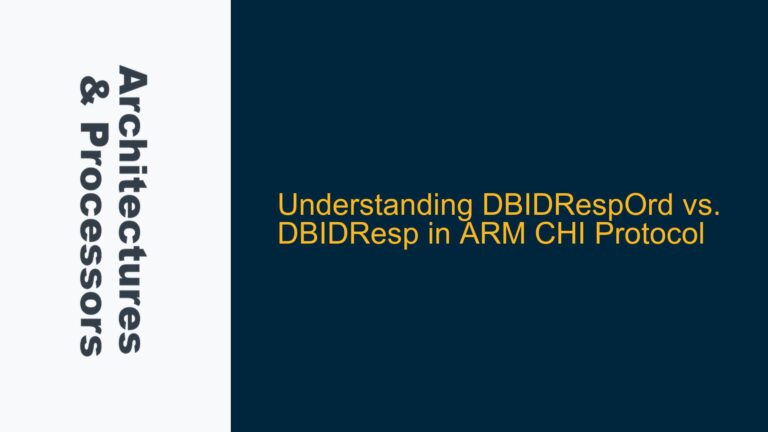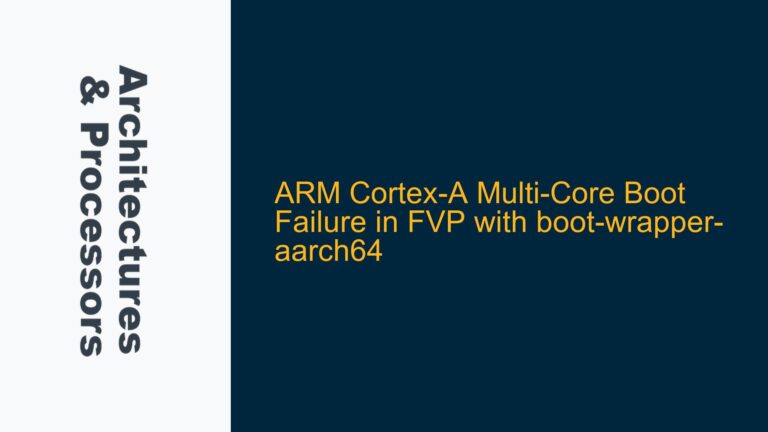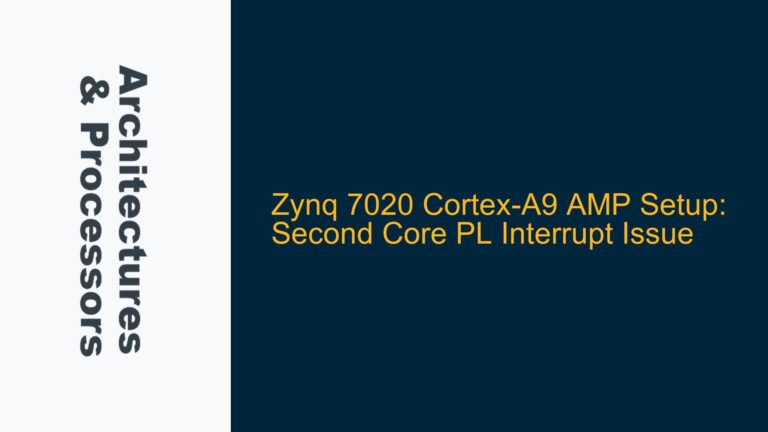ARM-Specific Tool Installation and RTL Rendering Issues on Corstone Platforms
ARM-Specific Toolchain Installation Challenges for Corstone RTL Rendering The process of setting up ARM-specific tools for RTL (Register Transfer Level) rendering on Corstone platforms can be fraught with challenges, particularly when dealing with the installation and configuration of specialized toolchains. The primary issue revolves around the inability to locate and properly install the ARM-specific tool…
